As a contractor, choosing the right fastener for your subfloor screws or nails installation is critical for the success and longevity of your project.
Subfloor screws and nails are two popular options for securing subflooring to joists; we’ll explore the differences between subfloor screws and nails and compare them to help you make an informed decision for your next project.
We’ll examine factors such as installation speed, holding power, durability, and cost-effectiveness, all of which are essential considerations for contractors. We’ll also provide tips on choosing the right fastener length and best practices for installation to ensure a secure and long-lasting subfloor.
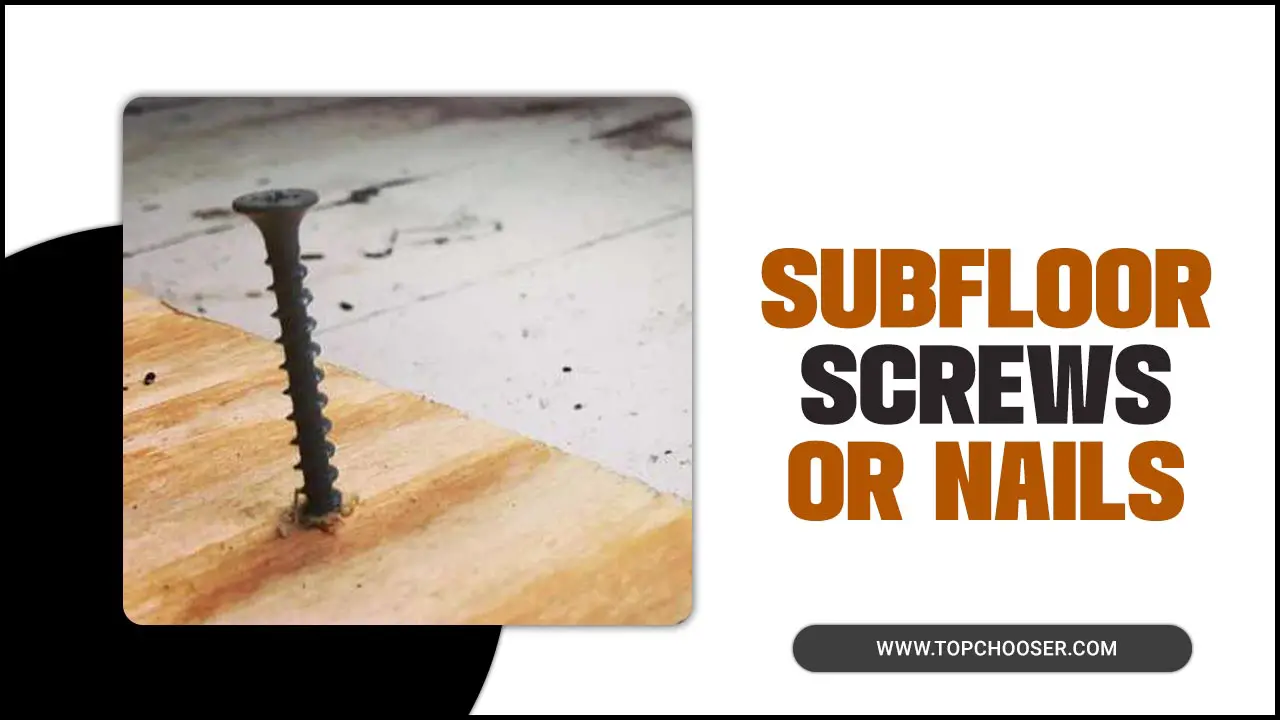
Comparison: Subfloor Screws Or Nails For Subfloor Installation
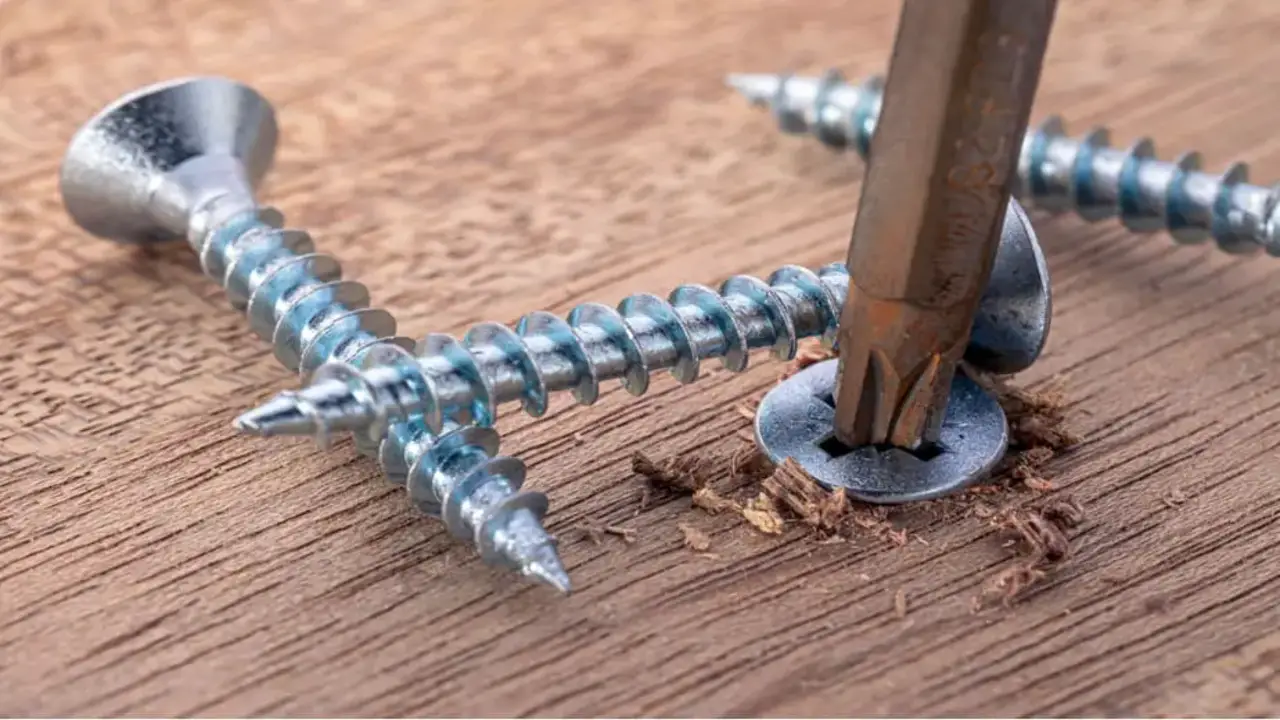
When installing a subfloor, there are two primary options for fasteners: nails and screws. While both can be effective, some key differences exist when choosing which to use. Nails are typically less expensive and faster to install, making them popular for large-scale projects. However, they can also be more prone to popping up over time, leading to squeaky floors and other issues.
Screws provide a more secure hold and are less likely to come loose or shift over time. This can make them better for areas with high foot traffic or heavy loads. Additionally, screws can often be removed and replaced more easily than nails, which can be important when repairs are necessary. Ultimately, the choice between nails and screws will depend on various factors, including the specific materials being used, the project’s size and scope, and the installer’s personal preferences.
Speed Of Installation: Nails Or Screws?
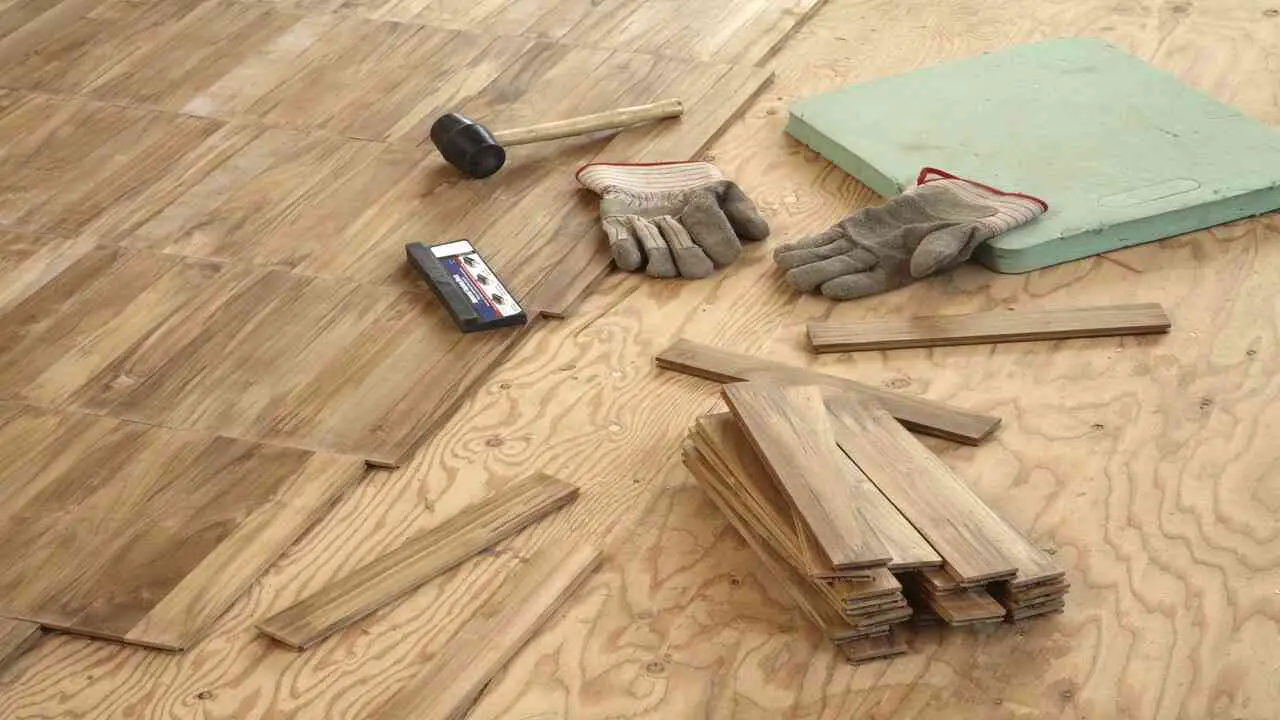
Regarding the speed of installation, the choice between nails or screws can make a big difference. While nails are often faster to install, they may not provide the same holding power as screws. This can be particularly important in applications where the fastener will be subjected to significant stress or vibration, such as in construction or woodworking.
In some cases, screws may be faster to install than nails. This is especially true if the screw has a self-drilling or self-tapping design, as it eliminates the need to pre-drill holes. Additionally, screws are easier to remove than nails, making them a better choice for projects needing to be disassembled or modified later.
Ultimately, the choice between nails or screws will depend on various factors, including the specific application, the fastened materials, and the desired level of strength and durability.
Cost Efficiency: Do Nails Or Screws Win?
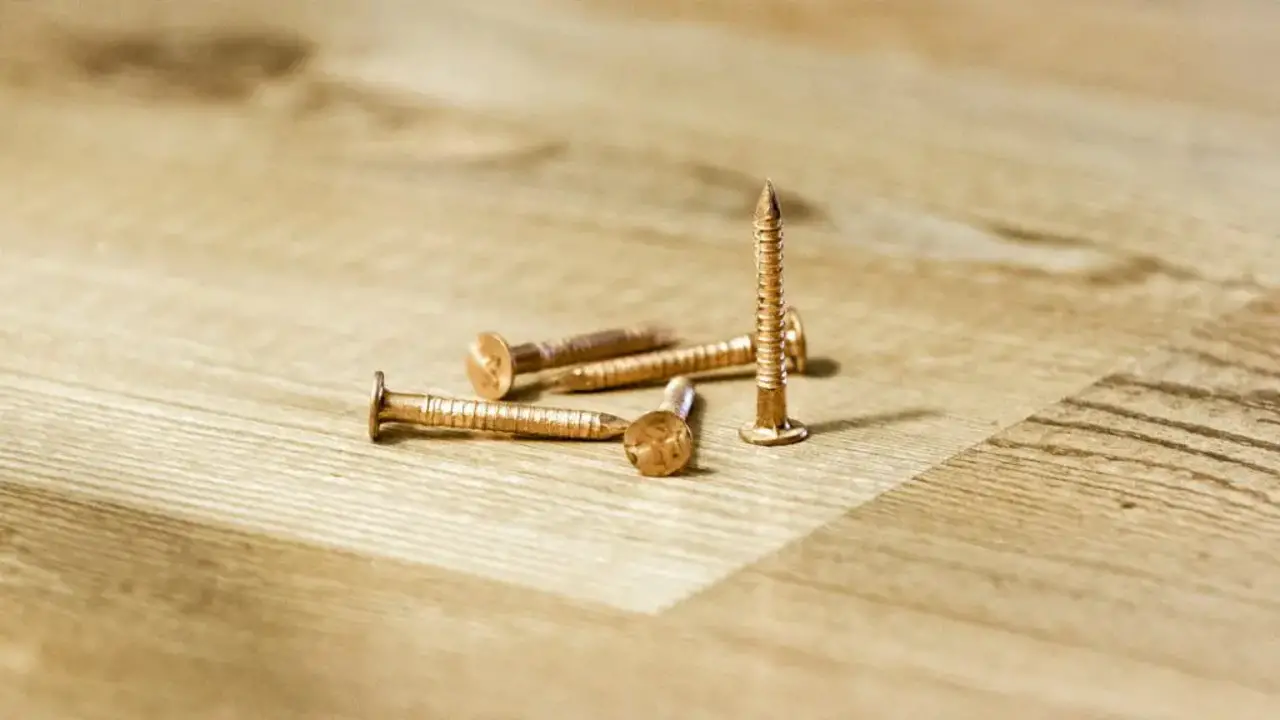
Regarding cost efficiency, the age-old question of whether to use nails or screws in construction projects still lingers. Although nails are typically cheaper than screws, we must consider other factors. Nails are easier and faster to install, which can save on labor costs. However, they are not as strong as screws and are more likely to come loose over time.
This can result in costly repairs down the road. Screws, conversely, are stronger and provide a more secure hold, which can be important in structures subjected to heavy loads or extreme weather conditions. They also allow for easier disassembly and reassembly, making them a better choice for projects that may require future modifications. However, screws are typically more expensive than nails and take longer to install, which can increase labor costs. Ultimately, deciding whether to use nails or screws will depend on the specific project and its needs.
Which Offers Better Holding Power: Nails Or Screws?
Regarding holding power, the age-old debate of nails versus screws has been raging for years. While both options have their merits, the question remains: which offers better holding power? Nails are certainly a popular choice, and for a good reason. With a hammer, you can use them easily, quickly, and efficiently in most materials. However, their holding power can be affected by various factors, such as the type of material they are being driven into and the direction of the grain.
On the other hand, screws offer a more secure hold due to their threaded design. This makes them ideal for projects where stability is key, such as building furniture or installing cabinets. Screws also have the added benefit of being removed and replaced without damaging the surrounding material, whereas nails can often leave behind unsightly holes. Ultimately, the choice between nails and screws comes down to the specific project and the desired outcome.
Considering Durability: Nails Versus Screws
When choosing between subfloor screws and nails, durability is a crucial factor to consider. While nails provide a strong initial hold, they may loosen over time due to wood movement. On the other hand, screws offer superior durability and can better withstand shifting and settling of the subfloor. Although nails are quicker to install, screws require more time and effort. For long-lasting subfloors that resist pulling out, screws are the recommended choice.
Advantages And Disadvantages Of Using Screws Or Nails For Subflooring
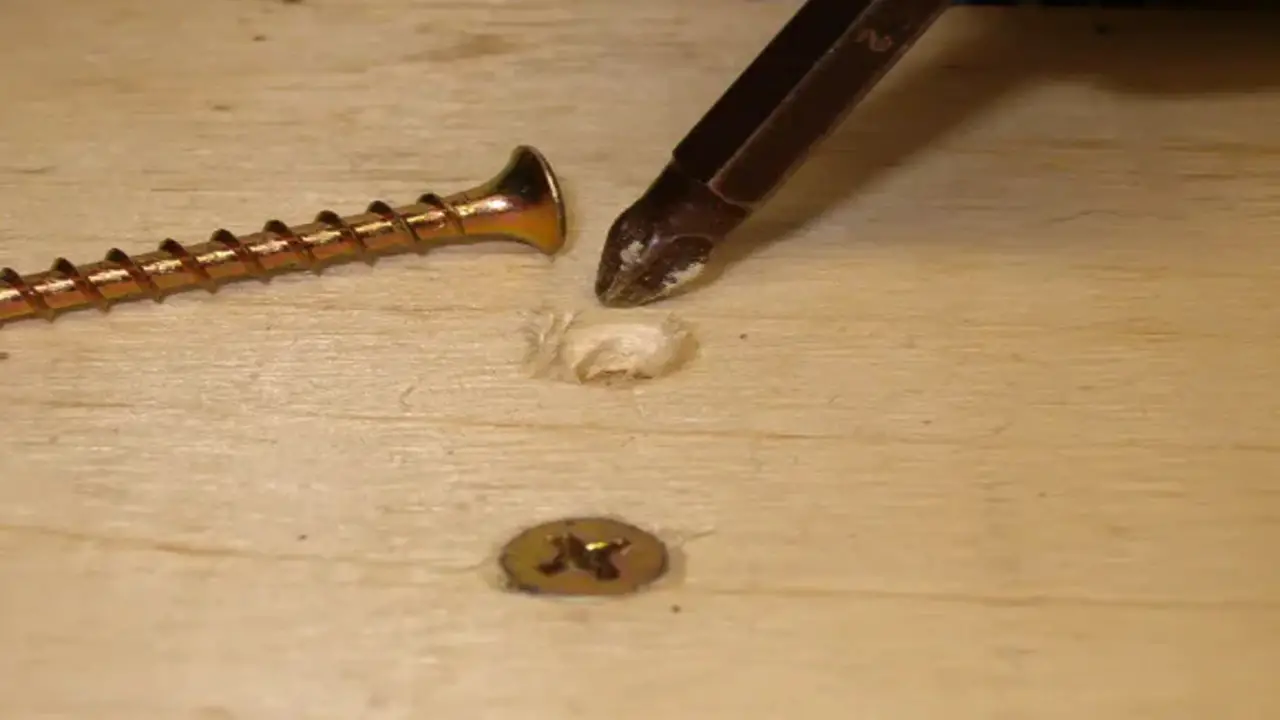
Regarding subfloor installation, there are two common fastening options: screws or nails. Each has its own advantages and disadvantages. Screws are popular for a tighter grip and are less likely to loosen over time than nails. Additionally, screws can be easily removed and replaced if needed. However, screws can be more time-consuming to install because they require pre-drilling and are typically more expensive than nails.
Nails, on the other hand, are quick and easy to install with a nail gun and are generally less expensive than screws. However, nails are more prone to loosening over time, which could lead to squeaky floors. They also don’t provide as strong of a hold as screws, making them less suitable for heavier loads. Ultimately, the choice between screws or nails depends on the project’s specific needs. For a project where a tight grip and durability are important, screws may be the better option.
Choosing The Right Fasteners Subfloor Screws
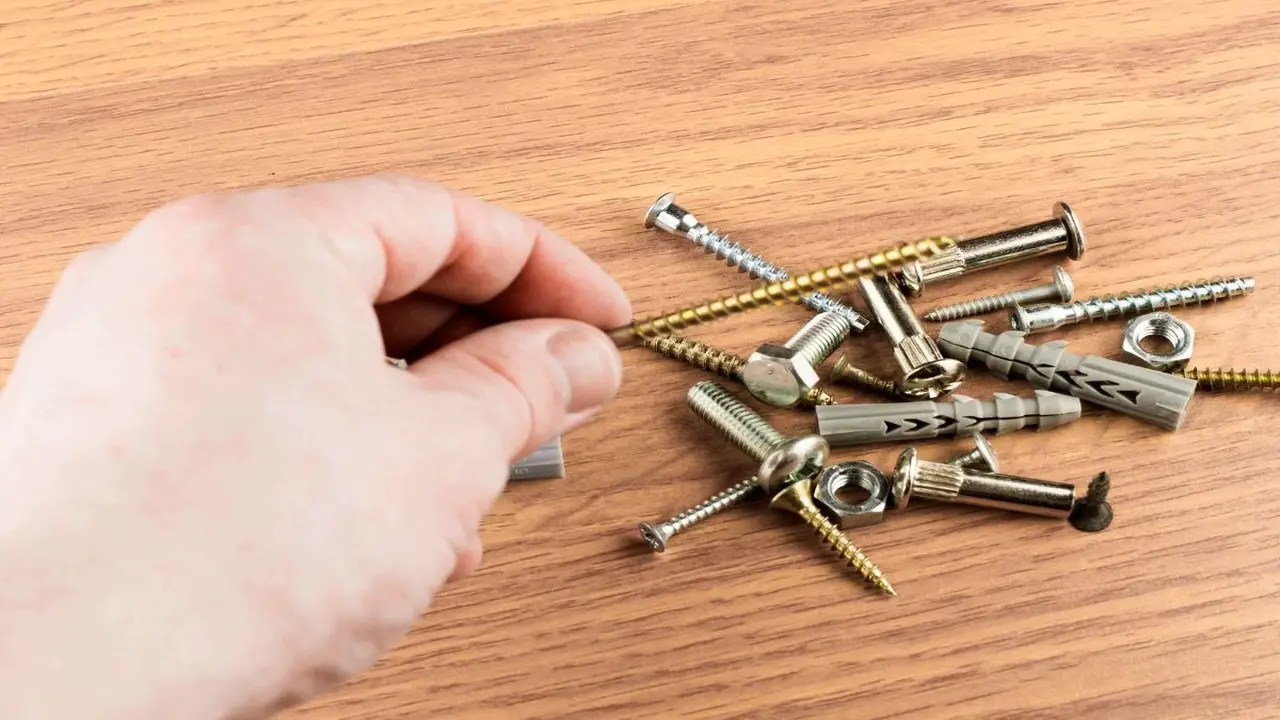
Choosing the right fasteners for subfloor screws or nail installation is crucial for ensuring strength, stability, and noise reduction. Subfloor screws offer advantages such as increased holding power, resistance to loosening, and easier installation.
They can also be removed and repositioned if needed. In comparison, nails may have a lower initial purchase price but lack the same long-term durability and ability to reduce squeaks. Contractor preferences vary based on specific projects and scenarios. Consider the cost, ease of installation, and desired level of stability when deciding between subfloor screws or nails.
Conclusion
whether you choose subfloor screws or nails ultimately depends on your specific needs and preferences as a contractor. Both fasteners have their advantages and disadvantages. Screws offer better holding power, durability and help solve the issue of squeaky floors. They may be more expensive and take longer to install. On the other hand, nails are faster to install and more cost-efficient. However, they may not provide the same holding power and durability level as screws. When deciding, consider factors such as the project requirements, budget, and personal experience. Using the right fastener will ensure a secure and long-lasting subfloor installation.
Frequently Asked Questions
[rank_math_rich_snippet id=”s-92a5ea99-72bb-4709-b864-4fdcd5939878″]

I am passionate about home engineering. I specialize in designing, installing, and maintaining heating, ventilation, and air conditioning systems. My goal is to help people stay comfortable in their homes all year long.
